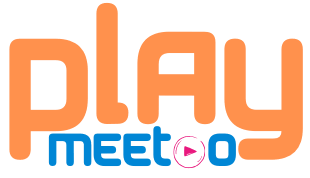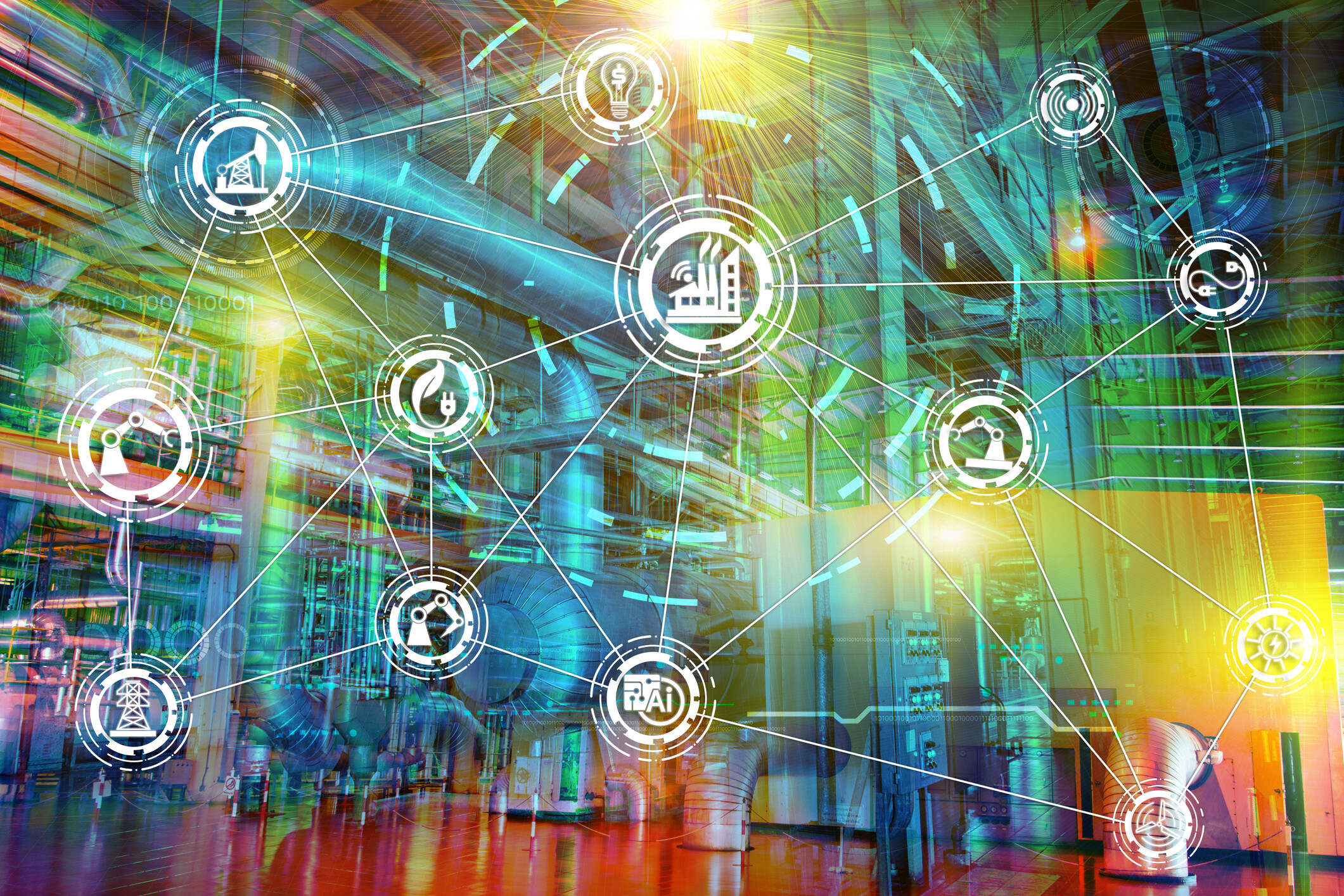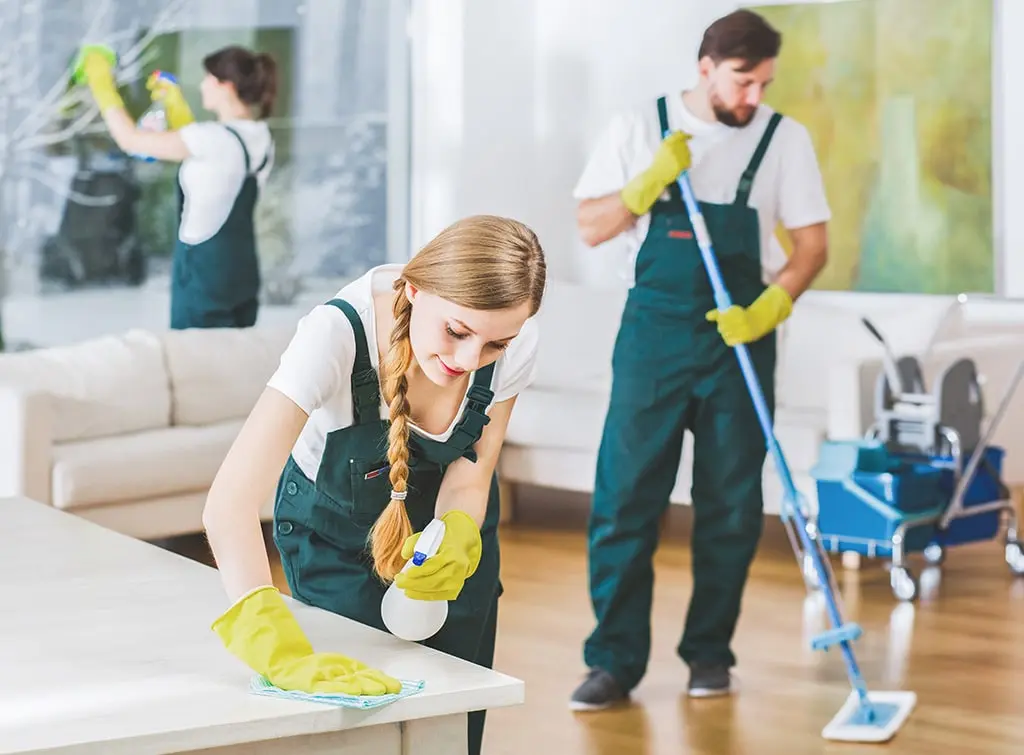The foundations of resilience, and meaningful connections are more important than ever as our lives become faster-paced and interconnected by technology. For our own holistic well-being and that of our communities, it is important to develop strong relationships, learn coping skills and engage in supportive environments. Explore resources that empower both individuals and groups. For additional information, visit the website. These connections are vital not only for personal growth, but also for mutual support and collective growth.
Personal resilience and social connections are interconnected, and this is what shapes communities that thrive. In the following sections, we will discuss practical strategies, as well as how to integrate digital, physical and volunteer activities to build lasting resilience.
Social Networks Are Vital
Social environments are conducive to human development. People with strong social networks tend to have lower stress levels, better mental health and longer lives. According to the Centers for Disease Control and Prevention (CDC), social connectedness is a key factor in reducing anxiety and depression and boosting happiness.
Activities that are organized by the community, such as neighborhood cleanups, book clubs, and team sports allow people to share their experiences and connect. These activities help to create lasting relationships and form new friendships. Local initiatives encourage participation and inclusion, helping newcomers as well as long-time residents to find common ground.
Serving as a Volunteer to Make Connections
Volunteering can be a powerful way to help others while also enriching your own purpose. These shared commitments, whether they are working at a local food bank, mentoring youths or supporting environmental initiatives, inspire trust and belonging. AmeriCorps studies show that volunteering is not only beneficial to those in need, but it also improves the mental health and well-being of volunteers. This can lead to new friendships and personal growth.
Volunteer projects can help individuals form deep bonds with other community members who share similar values, creating a system of support that helps them to overcome challenges.
Maintain a balance between online and in-person communication.
The technology has revolutionized how we communicate. While social media and messaging applications allow us to stay in touch over distances, they cannot replicate the nuance and complexity of face-toface meetings. In-person interactions, such as coffee meet-ups or group workouts and attending community events, can sustain deeper emotional bonds. They also support mental health.
To strike the right balance, you must use digital platforms to facilitate and improve accessibility while prioritizing real-life relationships that support emotional wellbeing.
Exercise and mutual experiences
Recreational activities and group exercise have a dual benefit: They improve physical health while also fostering new relationships. These experiences, whether hiking local trails or joining community yoga sessions, can help reduce stress while fostering a sense solidarity. Harvard Health Publishing states that social interaction in physical activity can play an important role in maintaining cognitive function, especially as we age.
Shared goals, group accomplishments, and camaraderie foster camaraderie. This makes individuals feel like they are part of something bigger than themselves.
Make Connection Spaces
For a community to thrive, it needs places that are easily accessible where people from different backgrounds can meet and interact. Libraries, parks, and community centers are all great places to gather. Farmers’ markets, cultural festivals, and public art exhibitions can bring neighbors together, while also celebrating local identity. The American Planning Association stresses that well-designed spaces are essential to in order to foster feelings belonging, inclusion and pride.
By enhancing the opportunities for spontaneous and planned interactions, communities become more resilient and vibrant.
Dismantling Barriers to Establish Connections
Many people are unable to connect with others due to social anxiety or limited mobility. Creative solutions require inclusivity and creativity: offering events on different days and at different times, providing accessible transport, and making sure event venues are friendly to people of all backgrounds and abilities. As the National Alliance for Health explains, local organizations can have a significant impact on reducing barriers.
Communities can create systems that allow everyone to thrive, connect and support each other by recognizing these barriers and taking proactive steps to remove them.
The article’s conclusion is:
Resilience and meaningful connection are built on ongoing, intentional actions–participating in local projects, volunteering, nurturing relationships both online and offline, and ensuring accessible shared spaces for all. In the face of obstacles, inclusive solutions from communities ensure that no one is left out. Prioritizing this effort will help individuals and communities to not only overcome adversity but also flourish, creating a healthier, stronger world for all.





